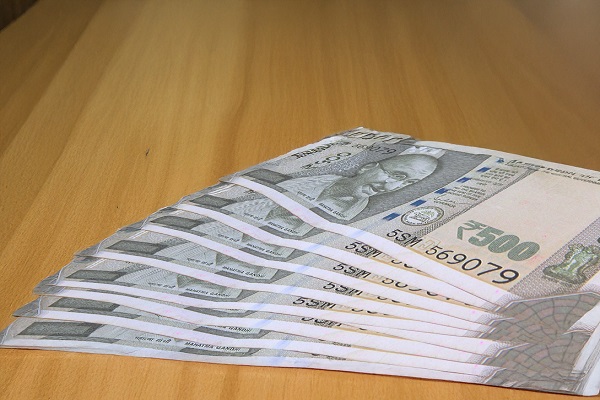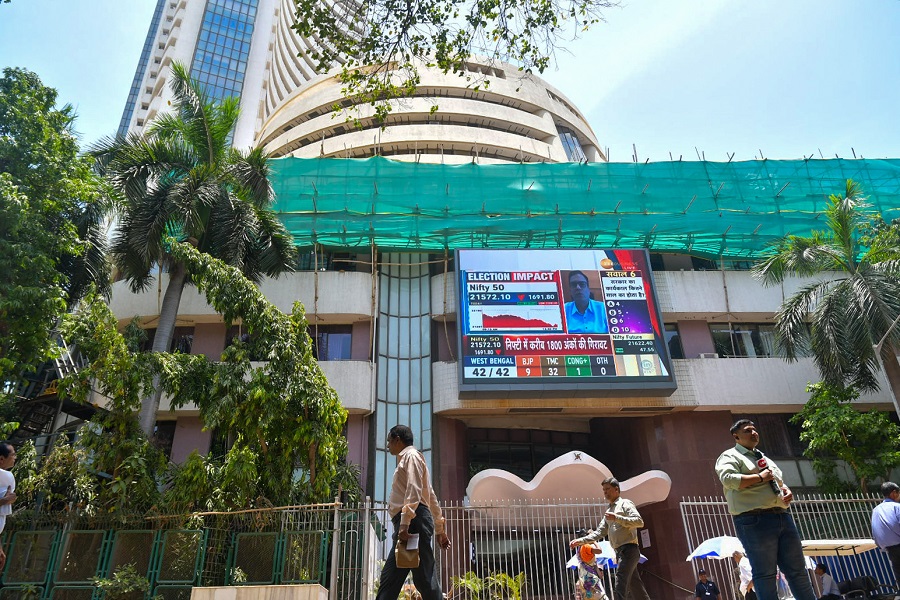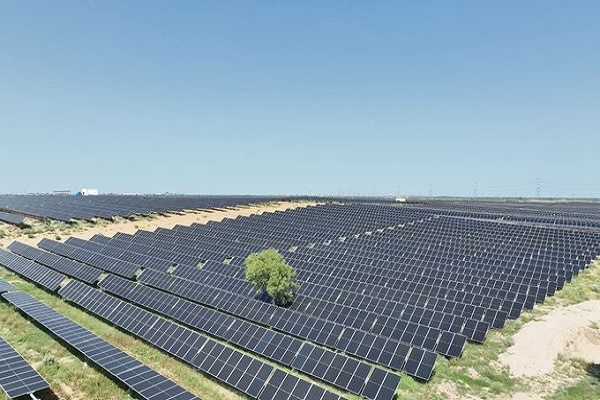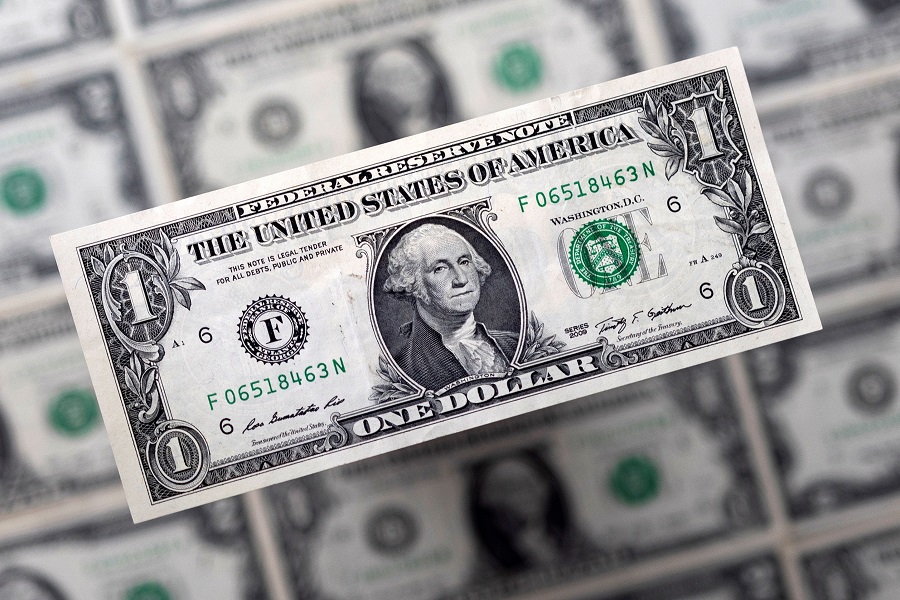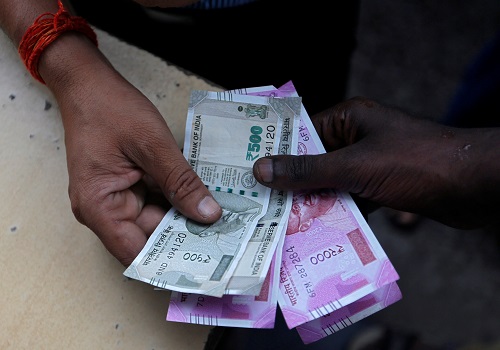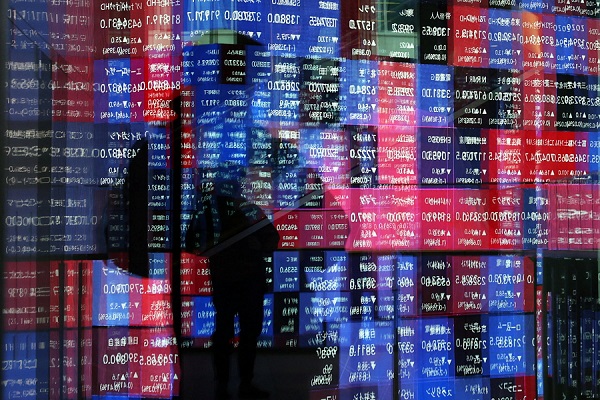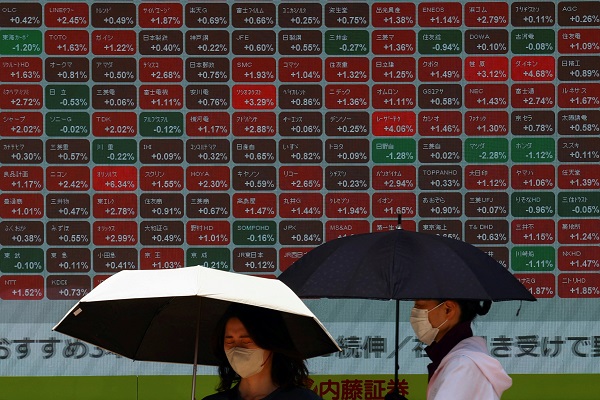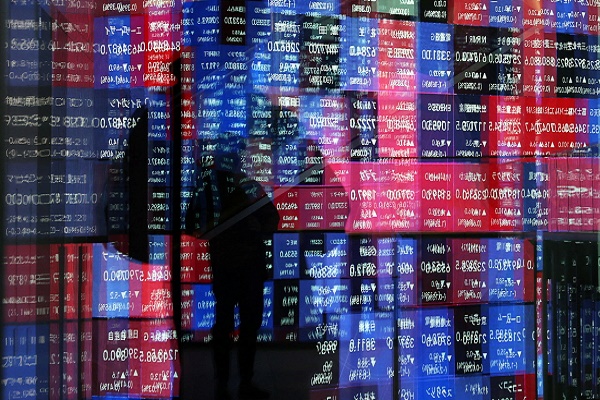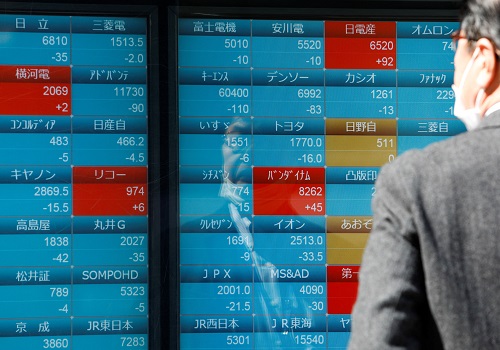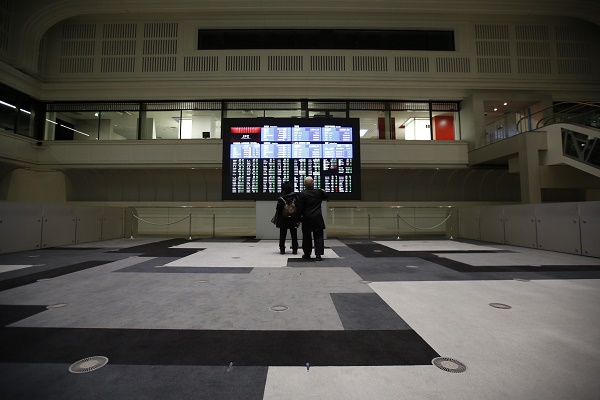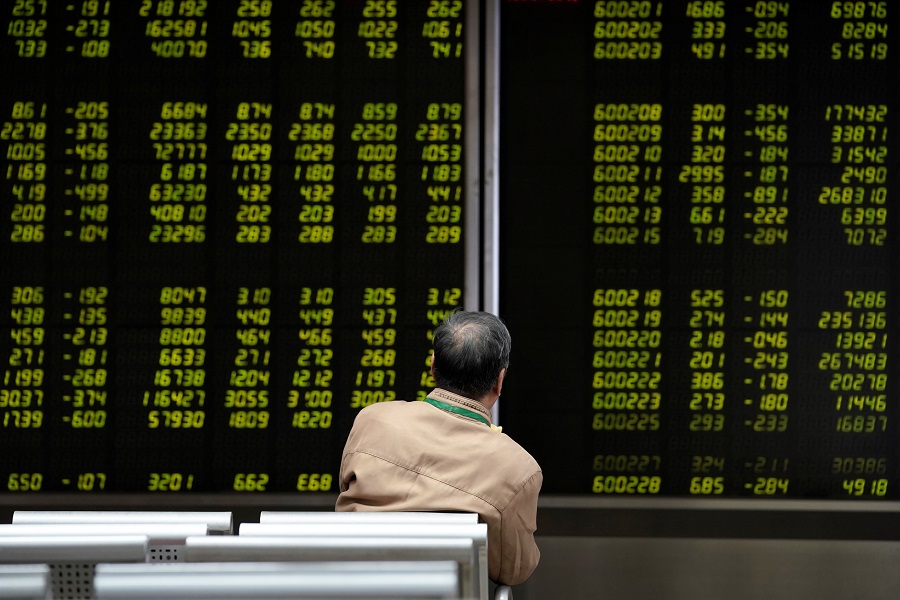Asian stocks follow Wall St higher on tariff roadmap

Asian stocks tracked Wall Street higher on Friday, while the dollar eased as investors contended with U.S. President Donald Trump's reciprocal tariffs that were not immediately imposed as well as U.S. data allaying investor worries on inflation.
Trump's plans to impose reciprocal tariffs on every country taxing U.S. imports have stoked concerns of a global trade war, pushing gold prices to a record high earlier this week. Gold was set for a seventh straight week of gains. [GOL/]
The directive from Trump on Thursday stopped short of imposing fresh tariffs, instead kicking off what could be weeks or months of investigation into the levies imposed on U.S. goods by other trading partners and then devising a response.
"While global financial markets may be inclined to take some relief from the delay in the immediate imposition of reciprocal tariffs, it is not clear to us whether the delay necessarily reflects a lower likelihood that they will eventually be imposed," Barclays analysts said in a note.
"Given the recent rollercoaster ride in global financial markets on news of the proposed 25% tariffs on Canada and Mexico, it is difficult to assert with certainty that the reciprocal tariffs will indeed be implemented after April 1."
Trump last week kicked off a trade war, first by imposing tariffs on Mexico and Canada and then pausing them, but sticking with duties on Chinese goods.
In Asia, the spotlight has been on a rally in Chinese tech stocks, with the Hang Seng Tech Index hitting its highest level in three years on Thursday spurred by home-grown start-up DeepSeek's breakthrough. [.HK]
On Friday, Hong Kong's benchmark index rose 1.6%, taking its weekly gains to about 5%, its fifth straight week of gains and the strongest weekly performance in four months.
That left the MSCI's broadest index of Asia-Pacific shares outside Japan up 0.54%, hovering near the two-month high it touched on Thursday. Japan's Nikkei fell 0.55% but was on track to eke out gains for the week.
INFLATION WATCH
Data on Thursday showed the U.S. producer price index (PPI) for final demand rose 0.4% last month after an upwardly revised 0.5% gain in December, topping the estimate of economists polled by Reuters for a 0.3% rise.
But components of the PPI data that are part of the personal consumption expenditures (PCE), which is the Fed's preferred targeted inflation measure, were soft and added to hopes the PCE reading may be cooler than currently expected.
The data comes on the heels of Wednesday's consumer price index (CPI), which showed its largest acceleration in nearly 1-1/2 years.
The yield on benchmark U.S. 10-year notes was steady at 4.535% in Asian hours after tumbling 10 basis points on Thursday, clocking its biggest daily drop in a month. [US/]
Aside from the PPI data, U.S. initial jobless claims fell 7,000 to a seasonally adjusted 213,000, slightly below the 215,000 level and indicating the job market remains on stable footing.
Still, expectations for a rate cut from the Fed continue to be pushed back this year, with traders fully pricing in a 25 basis point cut only in October. Traders expect 33 bps of easing this year from the Fed.
Christopher Dillon, fixed income investment specialist at T. Rowe Price, said while the Fed is expected to be on hold, the European Central Bank is likely to aggressively cut its policy rate in the months ahead.
"Many emerging market policy makers have to take volatile currencies into account as they set monetary policy... Many emerging market policy makers are moving at a different cadence than the Fed," he said.
The Philippine central bank unexpectedly kept its key interest rate steady on Thursday, with the governor saying the move was its way of hedging against global uncertainties.
The dollar index, which measures the greenback against a basket of currencies, was little changed at 107.07 after dropping 0.8% on Thursday, its biggest one-day percentage drop since January 20.
The euro hovered near its highest in more than two weeks at $1.0459 in early Asian trade, supported by optimism around potential peace talks between Ukraine and Russia.


